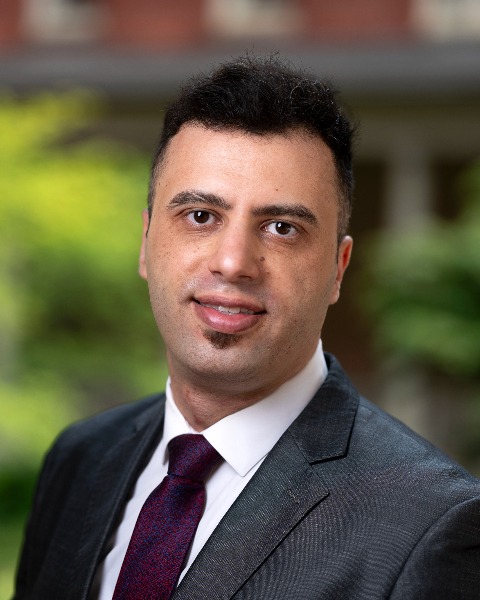Oncology
Adjuvant Radiation in Spinal Ependymomas: Predictors of Functional Outcomes and Implications for Patient Recovery
Friday, February 21, 2025

Abdel-Hameed Al-Mistarehi, MD
Post-Doctoral Neurosurgery Research Fellow
Johns Hopkins University
Johns Hopkins University School of Medicine
Baltimore, MD, US
Presenting Author(s)
Disclosure(s):
Abdel-Hameed Al-Mistarehi, MD: No financial relationships to disclose
Introduction: Spinal ependymomas are rare glial neoplasms. This study aims to investigate the role of adjuvant radiation and identify predictors of functional outcome at last follow-up in patients with histology-confirmed intramedullary ependymomas.
Methods: The medical records of adult patients who underwent surgical resection for spinal ependymoma at a single tertiary-care institution from 2006 to 2023 were retrospectively reviewed. Patients with subependymomas, conus/filum terminale tumors, or drop metastases were excluded. KNN matching based on age and sex was used to match patients.
Results: A total of 101 patients were included in this study, with a mean age of 43.2 years and follow up time of 2.7 ± 3.4 years. The cervical spine was the most common location of the tumor (68.3%). Nine patients received radiation following tumor resection. After matching, 27 patients were in the no-radiation group and 9 in the radiation group and mean tumor volumes in the no-radiation and radiation groups were 4.0 ± 5.0 cm³ and 2.8 ± 2.9 cm³, respectively (p=0.558). Recurrence rates were significantly higher in the radiation group (22.2% vs. 0%, p< 0.02), with decreased PFS in the radiation group compared to the no-radiation group (p=0.018). Preoperative symptoms, including pain, sensory symptoms, and weakness, did not differ significantly between the groups (p>0.05). Preoperatively, there were higher number of functionally dependent patients in the radiation group (22.2%) compared to the no-radiation group (11.1%), but this difference was not significant (p=0.404). However, at last follow-up, more patients in the radiation group were weak (55.6% vs. 11.1%, p< 0.005). Factors predicting weakness at last follow-up across the entire cohort included radiation exposure (p=0.05), preoperative weakness (p=0.03), length of stay (p=0.02), and discharge to an acute rehabilitation facility (p=0.02).
Conclusion : In our cohort, adjuvant radiation was primarily given to prevent recurrence, with one case for residual tumor, but showed no improvement in OS and worse PFS. Patients who received radiation had increased weakness at last follow-up, and adjuvant radiation was a predictor of this outcome. Although radiotherapy may not directly cause weakness, it can slow recovery of patients and should be carefully considered and tailored on a case-by-case basis.

.jpg)